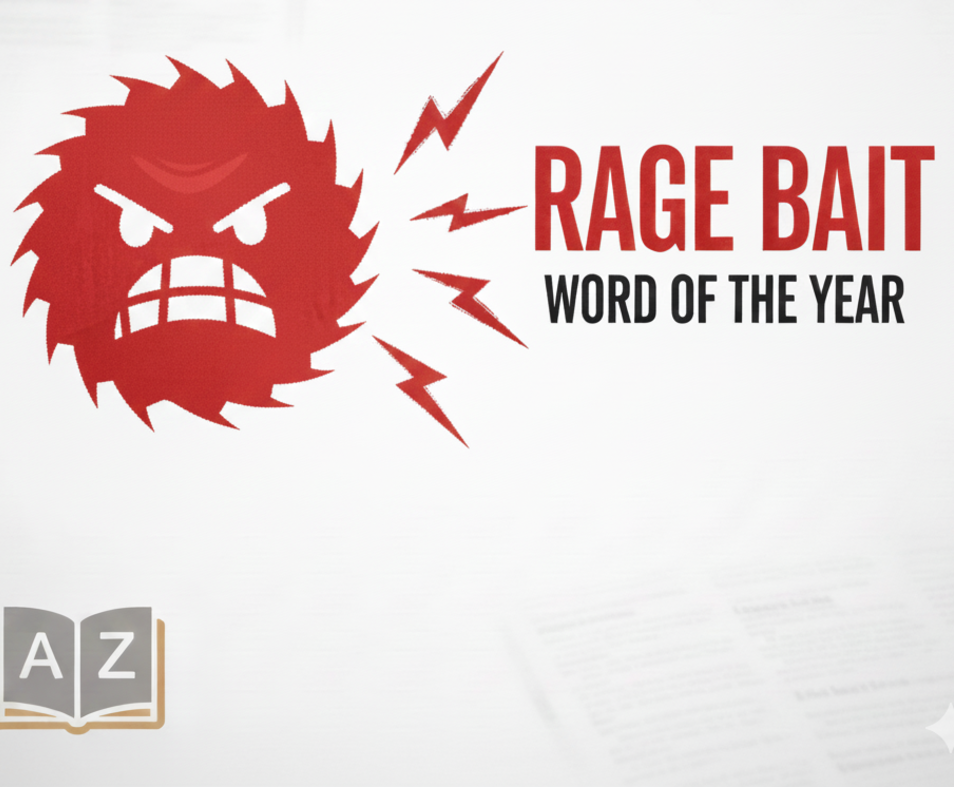Prime minister Narendra Modi will look to reinvigorate the BRICS group of emerging nations at a summit this weekend, with India seen as a bright spot in a bloc whose clout has been undermined by economic woes.
BRICS – a club made up of Brazil, Russia, India, China and South Africa – was formed in 2011 with the aim of using its growing economic and political influence to challenge Western hegemony.
The nations, with a joint estimated GDP of $16 trillion (£13tr), set up their own bank in parallel to the Washington-based International Monetary Fund (IMF) and World Bank, and hold summits rivalling the G7 forum.
But the countries, accounting for 53 per cent of world population, have been hit by falling global demand and lower commodity prices, while several have also been mired in corruption scandals.
Russia and Brazil have fallen into recession recently, South Africa only just managed to avoid the same fate last month while China’s economy – the recent engine of world growth – has slowed sharply.
By contrast, India is now the world’s fastest-growing major economy in an otherwise gloomy environment, and its GDP is expected to grow 7.6 per cent in 2016–17.
Indian foreign ministry official Amar Sinha said the leaders would debate “global growth prospects, the role of BRICS in leading this global growth and our contributions to it”.
He also confirmed regional security and climate change were on the agenda while Russia is expecting talks on Syria.
President Vladimir Putin’s office said in a statement that “international terrorism and the Syria peace process” would be discussed as Moscow faces international anger over its airstrikes in support of the Assad regime.
China’s vice-foreign minister Li Baodong, meanwhile, said the leaders would “exchange in-depth views on BRICS cooperation and other global and regional issues”, according to state news agency Xinhua.
Some of the more substantive talks are expected at bilaterals on the sidelines of the summit in the tourist state of Goa, with Modi expected to separately meet China’s president Xi Jinping and Putin.
Brazil’s new president Michel Temer, who replaced impeached Dilma Rousseff, will look to such meetings to boost trade ties and help drag his country out of its worst recession in half a century.
The summit comes amid some scepticism about the future of BRICS, especially given India’s efforts to reach out to the US and Europe since Modi came to power in 2014.
Eswar Prasad, professor of trade and economics at Cornell University in the United States, said BRICS had been weakened by its collective burdens.
“The economic troubles faced by many members of the BRICS group have reduced its potency and influence in the world economy,” he said.
Prasad said BRICS needed to focus on a global issue such as pushing back against mounting anti-globalisation rhetoric to stay relevant.
“Given its sheer size and continued significant contribution to global growth, this group could have some clout if it acted in concert in dealing with issues of global governance and the international monetary system.”
Geethanjali Nataraj, currently at the Brookings Institute India, agreed the summit needed to focus on areas of common concern, warning India against pursuing contentious issues with regional rival China.
“India needs to tread with caution and avoid all controversial issues that would lead to friction,” Nataraj said.
India will also be looking for BRICS to condemn recent cross-border attacks blamed on militants in Pakistan that have spiked tensions between the neighbours, according to local media.
Analysts, however, are sceptical of India’s chances of securing a joint condemnation given China’s strong diplomatic support for Pakistan and Russia’s efforts to forge closer defence ties with Islamabad.
Taking place at the same time in Goa is a meeting of heads of a seven-nation grouping called BIMSTEC, loosely based around the Bay of Bengal.
Myanmar’s Aung Sang Suu Kyi, Bangladesh prime minister Sheikh Hasina as well as the leaders of Thailand, Sri Lanka, Bhutan and Nepal are set to attend for talks focused on trade. (AFP)





 Rage bait isn’t just clickbait — it’s Oxford University Press’ word of the year for 2025 iStock/Gemini AI
Rage bait isn’t just clickbait — it’s Oxford University Press’ word of the year for 2025 iStock/Gemini AI 
 Online Trends iStock
Online Trends iStock Rage bait isn\u2019t just clickbait \u2014 it\u2019s Oxford University Press\u2019 word of the year for 2025 iStock/Gemini AI
Rage bait isn\u2019t just clickbait \u2014 it\u2019s Oxford University Press\u2019 word of the year for 2025 iStock/Gemini AI 






